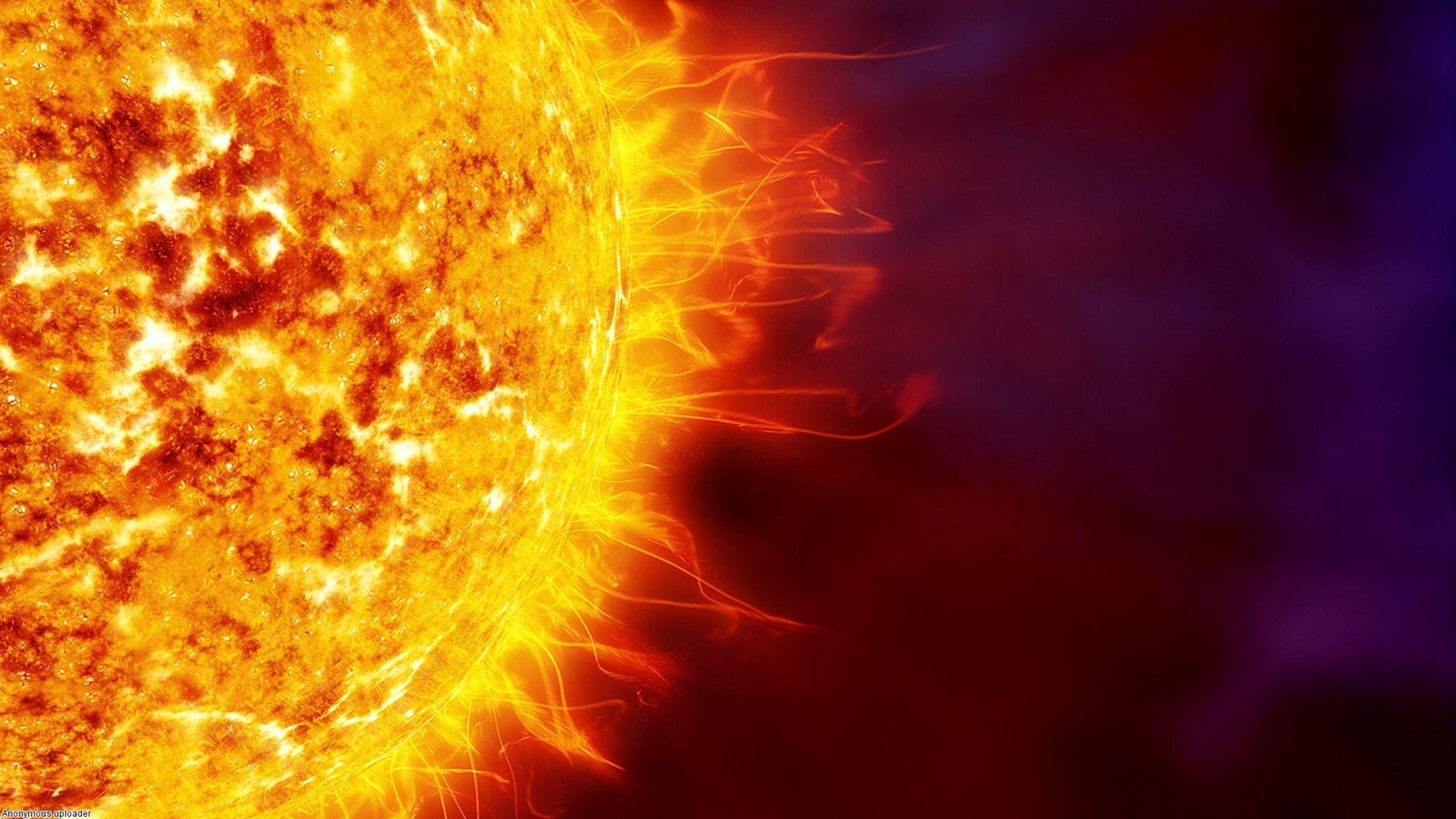
Stars
Space Science

724 views
0 likes
You will need to sign in before you can comment or like.
Stars are the most common objects in the universe.
They are huge bodies of luminous gas mainly hydrogen and helium.
Size:

Stars size vary from 500 times smaller (than our earth) dwarfs than to 1000 times bigger supergiants.
Let’s look at some of the star sizes (diameter).
- Our Sun (Main sequence star) is 1.5 million km across
- White dwarf- 3,000 - 50,000 km
- Neutron star- 10 km
- Red giant- 15 to 150 million km
Temperature and Colour:
The blue stars are the hottest while the red ones the coolest.
Our sun is in between at around 4500℃.
Brightness:
A star’s brightness is calculated by its magnitude.
The lower the number, the brighter the star.
The temperature, colour and brightness of a star is plotted on a scale called the Hertzsprung- Russell diagram.
Star Life:
Small stars (upto 1.5 solar mass)
1. 50 million years:
Protostar -
If the temperature in this stage reaches 15
million, nuclear reactions start taking place in the stars core. Else, it remains a dull brown
dwarf throughout its life
2. 10 billion years:
Main sequence star -
The nuclear reaction prevents the star from contracting and gives it a shine.
Our sun is currently at the middle of this stage.
3. 1 billion years:
Red Giant-
Here the simplest atoms i.e. hydrogen atoms have fully converted to the second simplest element helium.
The helium fuses to form carbon and its outer layers expend.
It is believed that during this stage our sun will grow big enough to swallow all the inner planets including earth.
4. 3,500 years:
Planetary nebula -
The outer layers drift apart to form a loose gas shell around the core.
5. 13 Billion years:
White Dwarf -
The star now begins to collapse under its own pressure into a super dense white dwarf.
The stars at our galaxy’s centre are old and at this stage.
The duration stars spend at this stage is thought to be older than the current age of the universe.
6. None discovered yet:
Black Dwarf-
The star finally cools, reddens, and stops shinning and becomes a dead cinder floating in space.
 Massive Stars - (At least 3 solar masses)
Massive Stars - (At least 3 solar masses)
3. 4 million years:
Red Supergiant -
Massive stars start off similar to smaller ones until the third stage when they become a red supergiant.
The lifespan of larger stars is less than the smaller ones.
4. 1-2 years:
Supernova-
The core collapses in less than a second and blasts.
This blast called a supernova lasts for a year and can outshine an entire galaxy.
If the surviving core is less than 3 solar masses
it forms a super dense neutron star completely made up of neutrons, as the name suggests.
But if its mass exceeds the limit its core continues contracting to form a black hole.
Comments